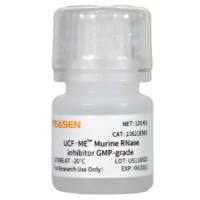Most animals of contused, compressed, or transected spinal cord injury require that a laminectomy is performed. However, increasing evidence suggests that laminectomies may induce undesirable effects including neuropathic pain, spinal instabilities, longer anesthetic and related consequences, as well as lordosis and other biomechanical and behavioral problems. Here, we present a method for spinal cord transection in adult mice in which laminectomies do not need to be performed. Under isoflurane anesthesia, a partial section of the interspinous ligaments dorsally between the ninth and tenth thoracic vertebrae was performed in order to allow extra fine scissors to be inserted between the corresponding vertebrae and a complete transection to be properly achieved. Once the transection completed (overall procedures take approximately 10–15 min), the surgical area was closed with sutures clips and animals were allowed to recover on heating pads. Histological data from early and late chronic spinal cord-transected mice showed that complete paraplegia with this approach resulted of a 0.25–1 mm scar occurring at the lesion site. Several studies conducted in our laboratory provided evidence that it is a simple, rapid, reliable and reproducible model that may be particularly useful for studies on behaviors, motor and locomotor movements requiring large cohorts of completely paraplegic mice—e.g., for drug screening in vivo and studies aimed at characterizing neuronal and non-neuronal adaptive changes following rehabilitation.






